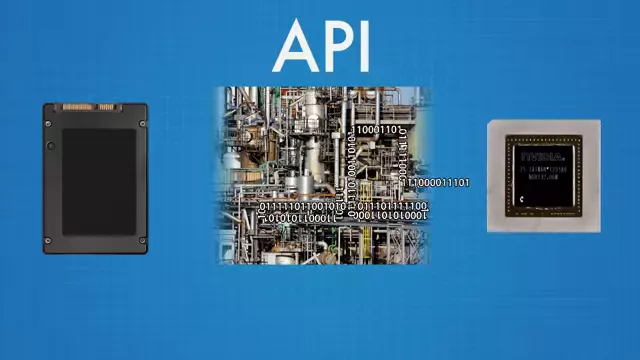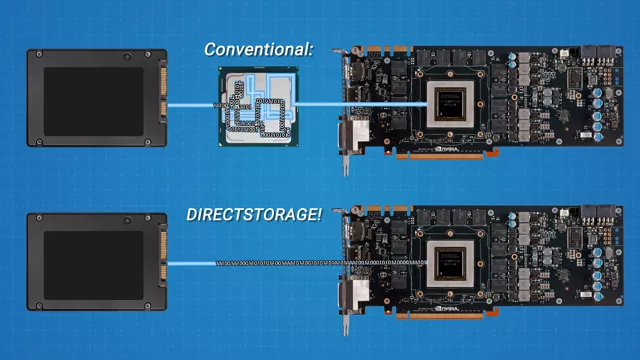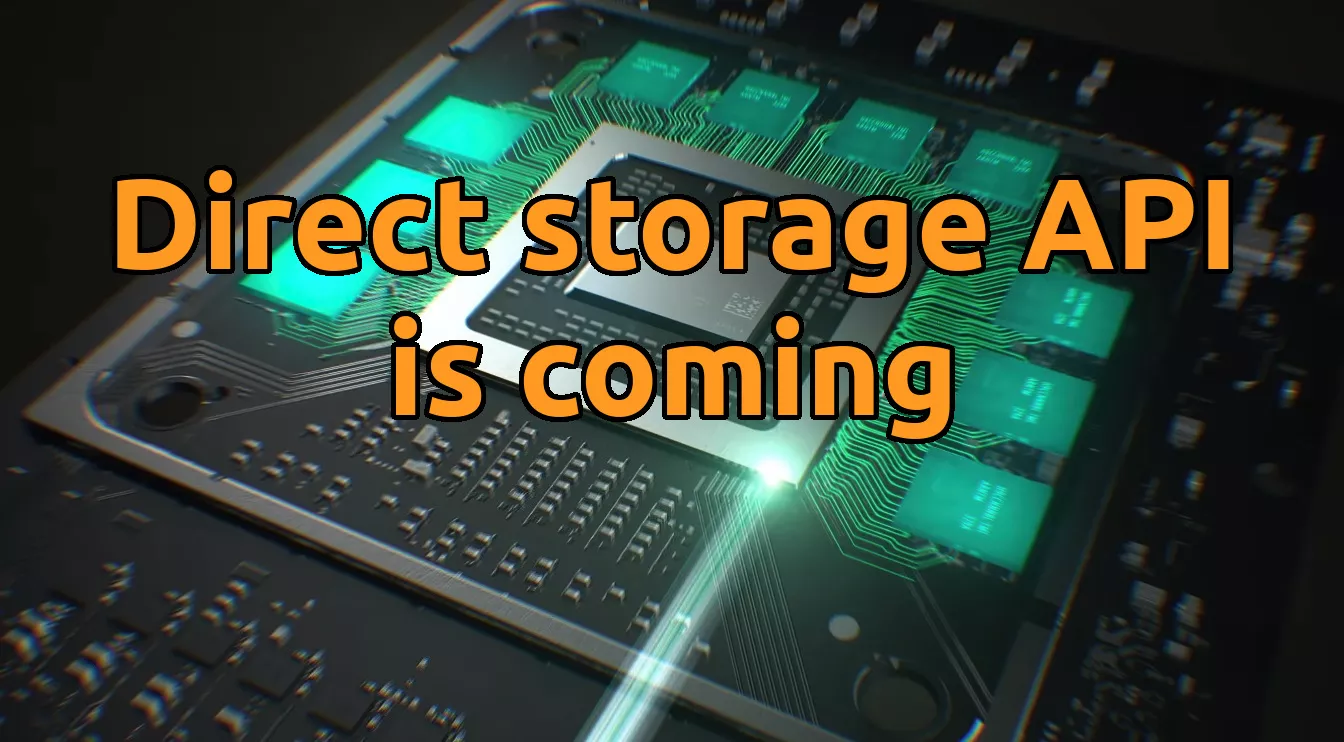As the years have gone by we've gone from having painfully slow mechanical hard drives in our computers to super fast SSDs but there's one area where SSDs are still frustrating.
Have you ever noticed in modern games how you still have to deal with long loading times even though we now have consumer level SSDs that are rated to deliver speeds of up to two gigabytes per second, what's up with that?
Before we get into the answer, it's worth pointing out that this is a problem that both Microsoft and Sony are trying to address with their upcoming Series X and PlayStation 5 console.
Microsoft calls its version of the improved SSD technology direct storage while Sony doesn't appear to have a name for its solution but both companies are ultimately trying to reduce the amount of time it takes for data to go from the SSD to the GPU.
You see all the data your GPU needs to process is contained in your video memory or VRAM which is fed by game data stored on the SSD. The GPU has to ask the SSD for this data by making what's called an input-output or IO request whenever it needs a chunk of information and although modern SSDs are superfast especially for using PCI express. There's a lot of overhead that comes with all these IO requests from the GPU.
This is because while SSDs can handle lots of raw data the API APIs they use to move data around are still fairly old school and can't handle enough IO requests at once to take advantage of all that sweet sweet bandwidth.  Direct storage addresses this issue in a couple of ways one, it cuts out the CPU to a large extent conventionally the CPU has acted as a middleman between storage and the video memory.
Direct storage addresses this issue in a couple of ways one, it cuts out the CPU to a large extent conventionally the CPU has acted as a middleman between storage and the video memory.  So the idea is that by linking the storage more directly to the VRam and allowing the GPU to handle the decompressing of visual data rather than CPU you won't have as much overhead.
So the idea is that by linking the storage more directly to the VRam and allowing the GPU to handle the decompressing of visual data rather than CPU you won't have as much overhead.
Two it more efficiently parallelizes IO requests so the system can handle more of them at once. This should give you the benefit of not only having your games load more quickly but also help eliminate immersion breaking side effects like how distant visual elements kind of suddenly pop into view if they can't be pulled from storage fast enough, developers have often used tricks like separating different parts of a level with elevators or narrow hallways to give the games environment time to load away from the player's view. But the hope is that with better GPU access to the SSD this will no longer be necessary and developers will be able to create more expansive worlds that are ultimately more enjoyable for gamers.
Sony technology for the PlayStation 5 is going to operate in a fairly similar fashion with a more direct path between the SSD and the VRAM and it also utilizes PCI express 4.0 for speeds of up to five gigabytes per second. So you should get a better experience no matter which console you pick.
Of course, I know tons of you don't bother with consoles and you game mostly on your PC but you don't have to feel left out as Microsoft has announced it's bringing the direct storage paradigm to Windows 10 to take advantage of it the game needs to support direct storage individually and you have to have a compatible graphics card though the good news is that it appears that NVIDIA's new RTX 3000 series GPUs use will work with direct storage.
AMD forthcoming Big Navi is also rumored to support the feature. So fingers crossed you'll get to enjoy a more seamless experience across platforms, unless of course you only game on the Nintendo Switch


No comments yet